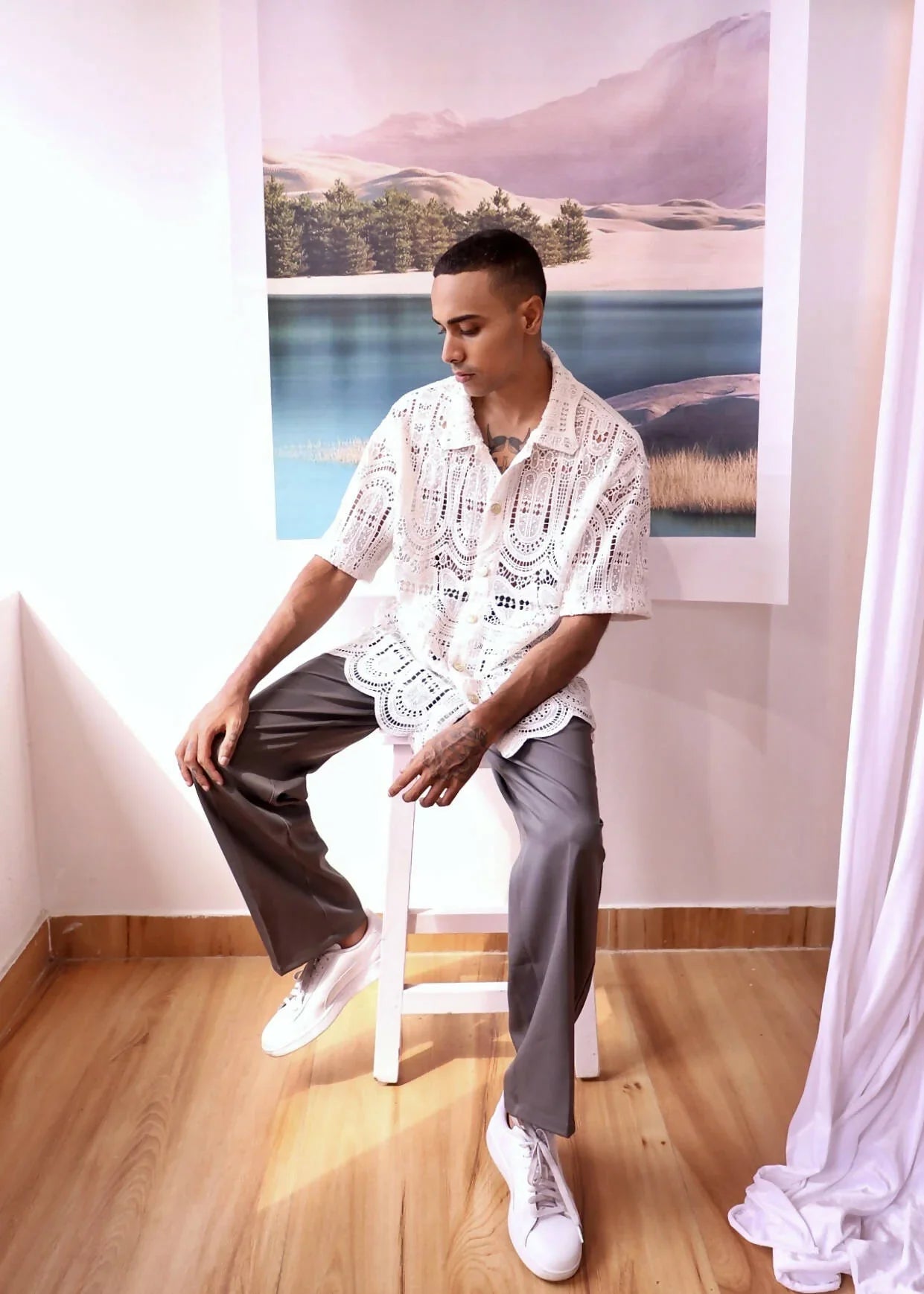Time-Intensive Indian Crafts That Resist Fast Fashion

Across the diverse regions of India, many age-old textile and embroidery traditions have resisted the pressure to speed up. These crafts once followed no commercial timelines or production targets. They exist at their own pace, built on incredible skill and generations of practice using methods that remain unchanged. Craftsmanship of this kind demands precision and time-intensive labour, done by artisans using heritage techniques.
Unlike machine-made garments produced within hours, these pieces often require days, weeks, or even months of manual work. The time invested is an important part of the process, woven into the technique, the tools, and the knowledge passed down through generations. These crafts are incomparable to the unethical world of fast fashion. They stand completely apart from it.
Chamba Rumal
This 17th century craft uses the do‑rukha or double satin stitch technique where embroidery on fine muslin or silk results in the same design visible on both sides of the cloth. The motifs often derive from Pahari miniature paintings of epics and the precision required means each piece takes around 15 to 30 days to make, and the more intricate ones can take over 6 months, demanding time and skill.

Aughi Embroidery
Aughi is metallic thread embroidery on leather or velvet, with origins in the Mughal era. It uses gold or silver threads to create extremely fine motifs, often for royal footwear. Because the material (leather plus metallic threads) is difficult to work with, and the motifs are detailed by hand, the process is highly labour‑intensive and much slower than mass‑produced embroidery. It is now a nearly dying craft.

(Image credit: Source unknown - used for informational purposes)
Soof Embroidery
Soof means neat and clean. In this style, the craftsperson works directly, without pre‑drawing the design, using satin stitch on the reverse side of the fabric, counting yarns, and creating geometric motifs. It can take several days to a few months to complete. This level of precision and mental mapping is rarely compatible with fast production lines, making Soof an exemplar of slow craft.

Mukaish Work
Muqayyash (also spelled Mukaish/Mukesh) is an ancient brocade or embroidery technique using silver‑threaded silk cloth, recorded in the Mughal period. It demands extremely fine, delicate work and historically used precious metals. One saree can take anywhere from a few days to over 2 months to complete. Though versions exist today, the original process remains slow and craft‑intensive, starkly contrasting the speed of fast fashion.

Namda Felt Rugs
Namda involves felting wool by hand (soaking, layering, compressing by foot or hand) to form thick mats, then chain‑stitch embroidery by hand in patterns. It is a craft of physical labour, meant to serve functional needs in cold climates but carried out with artisan precision. The process may take 7 to15 days per rug, and making two namdas in a day requires three people.

To look at these crafts is to remember that slow process honours the making and the garment is meant to last. These traditions question why we have become so used to speed, as fast fashion continues to produce and discard at a rapid pace. All these crafts show that slowness is intentional and mindful, linking the work of today's artisans to centuries of lived skill and cultural identity. Protecting them means valuing the process as much as the product.






Leave a comment